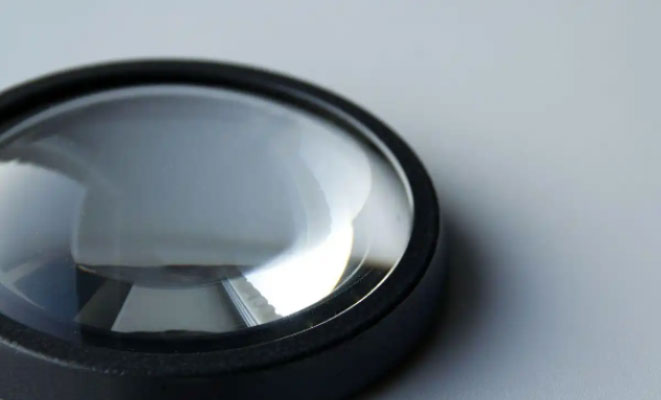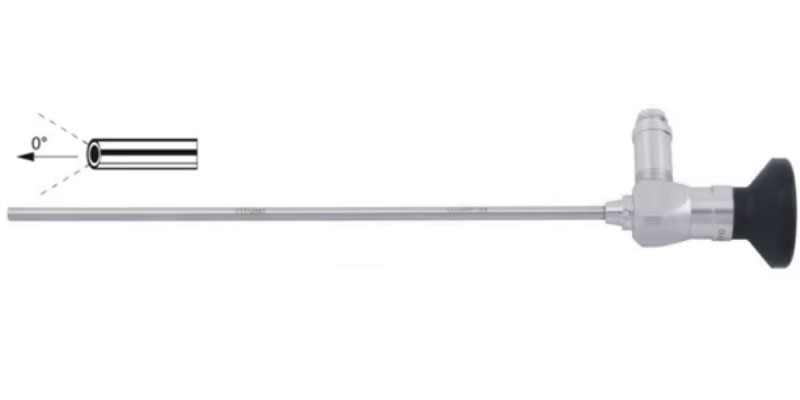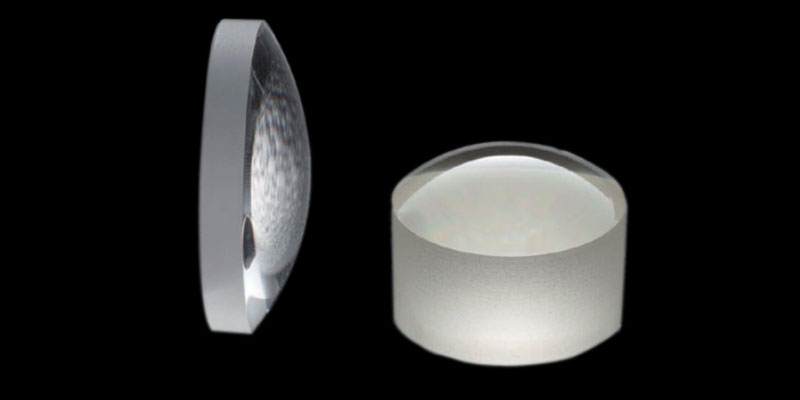
1. Basic Principles of Converging Lens
Converging lens is a convex lens with a smaller radius of curvature than that of a convex lens. When parallel light rays pass through a converging lens, they are refracted by the lens and focused to a focal point. However, when the light rays are not parallel, the converging lens’ wave combining action comes into play.
When a converging lens receives more than one ray of light, it will converge these rays to the same focal point. This is due to the fact that light rays from different directions are refracted to different degrees when they pass through the lens. In the case where the radius of curvature of a converging lens is smaller than that of a convex lens, the central part of the lens bends the light rays towards the tangent of the lens, while the part near the edges bends the light rays towards the normal of the lens. Therefore, multiple rays of light will converge to the same focal point after passing through the converging lens to achieve the role of wave combining.

2.The Application of Converging Lenses

The converging lenses are widely used in many optical systems. For example, in lasers, converging lenses can be used to combine multiple beams into a more powerful beam, thereby increasing the output power of the laser. In microscopes, converging lenses allow multiple rays of light to converge on the same focal point, thereby improving the clarity of the microscopic image. In addition, converging lenses can also be used in infrared imaging, optical communications, LIDAR and other fields.
3.the conclusion
Converging lenses have the role of wave combining, which can focus multiple rays of light to the same focal point. This is because the radius of curvature of the converging lens is smaller than that of the convex lens, so that the light in different directions will be refracted to different degrees after passing through the lens to achieve the wave-converging effect. Converging lenses are widely used in many optical systems, such as lasers, microscopes, infrared imaging, etc., with important theoretical and practical significance.
optlenses
Related Blogs

















